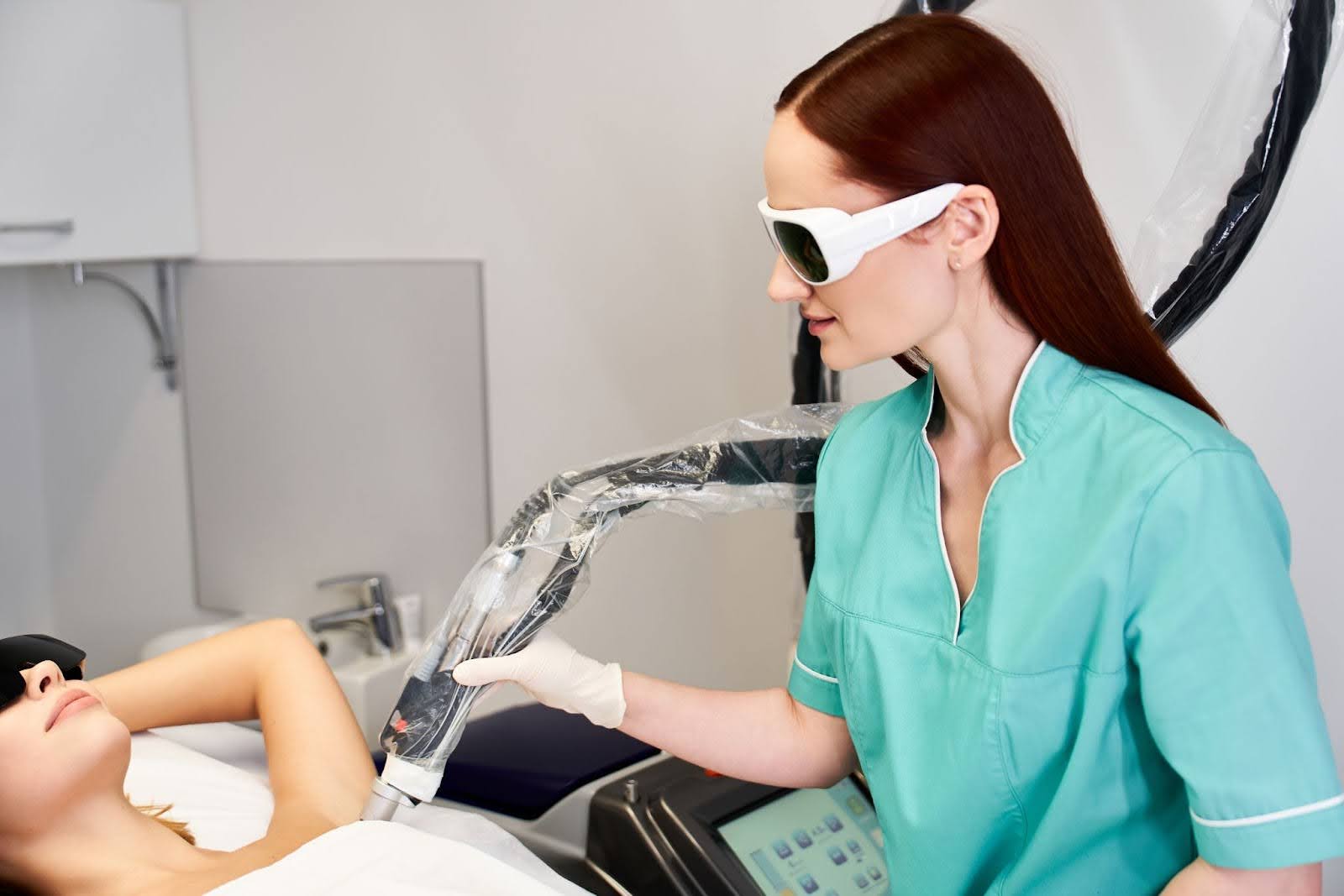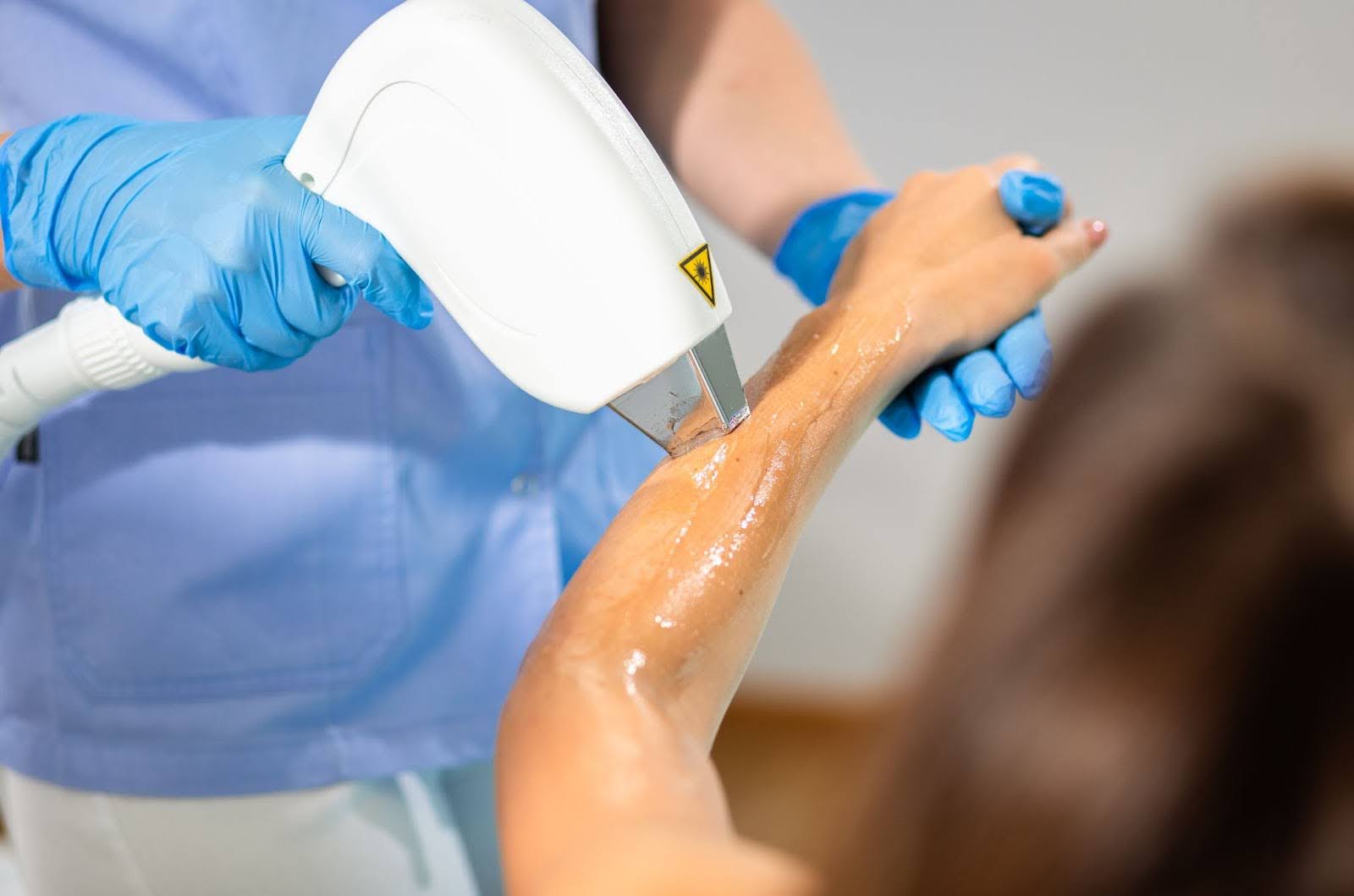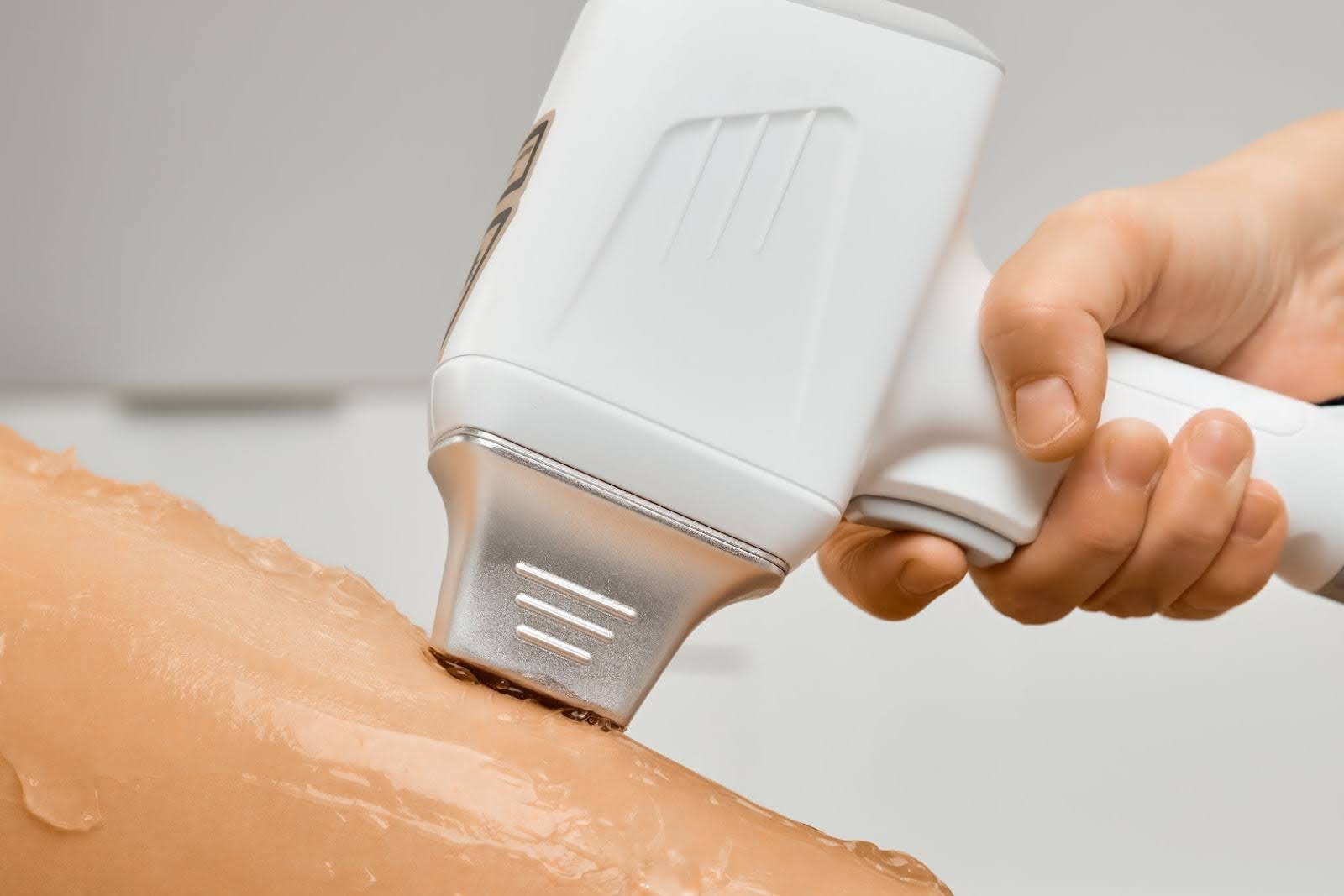
Smooth skin without daily shaving sounds like a dream. Laser hair removal offers that promise, so millions now choose it. But as demand grows, so do questions about its safety. Is the risk worth it, especially when skin and long-term health are involved? People want results, not regrets, and that's where safety takes center stage.
Before scheduling that first session, it's normal to wonder if it's safe. After all, you're trusting a laser to zap away hair close to your skin. Understanding how the procedure works helps you make informed choices. Knowing the risks and the science behind it is the first step.
Laser hair removal uses focused light energy to destroy hair follicles. The laser targets melanin, the pigment in hair, without harming the surrounding skin. When done correctly, this stops or delays future hair growth. Multiple sessions are needed since hair grows in cycles. Some follicles resist treatment at first, which is why spacing treatments matters.
Not all lasers are the same, and that matters for safety. The FDA has cleared several types of lasers specifically for hair removal. Devices go through rigorous testing before hitting the market. Licensed professionals must also follow strict hygiene and safety protocols. These layers of regulation help reduce the chance of burns or complications.
Some people aren't ideal candidates due to health issues or medications. Those taking photosensitive drugs may react poorly to laser light. Pregnant individuals and those with active skin infections should postpone treatment. People with light blonde or white hair may also find the procedure ineffective. A consultation can rule out potential complications early on.
Skin tone plays a role in how lasers work; not all devices work the same way. That's why matching the right technology to the right skin type is essential. Advances in laser technology have made the treatment safer for darker skin tones. Still, risks like discoloration can't be ignored.
The Fitzpatrick scale classifies skin based on how it reacts to UV light. Type I is very fair, and Type VI is exceedingly dark. Lasers were once best suited for fair skin with dark hair. Today's lasers can safely treat more complexions, but risks still vary. Understanding your skin type helps providers pick the safest laser and settings.
Modern clinics use several types of lasers tailored to different tones. The Alexandrite laser works well for lighter skin. The Nd:YAG laser penetrates deeper and better suits darker skin. Diode lasers offer a balanced option across various skin tones. Cooling systems also protect the skin by reducing heat exposure.
Darker skin is more prone to burns, scarring, and hyperpigmentation. Incorrect laser choice or settings can increase those risks. Sensitive skin may also react with redness or inflammation. Pre-treatment assessments and patch tests help avoid these outcomes. Proper aftercare, including sun avoidance, is key to healing well.
Some people worry about what happens beneath the surface. They wonder if repeated exposure can harm the skin or deeper tissues. Fortunately, current science offers some clarity. No evidence links laser hair removal to severe long-term damage when done correctly.
Laser hair removal doesn't cause thinning or weakening of the skin. When performed by trained technicians, the epidermis remains intact. Some people may experience temporary dryness or mild irritation. These symptoms usually fade within days with proper care. Scars are rare and usually linked to improper use or poor technique.

A common myth is that laser energy can trigger cancer. That isn't true, as the lasers used are non-ionizing. They don't reach beyond the skin's surface or alter DNA. The treatment also doesn't affect hormones or reproductive organs. Studies so far show no link to cancer or infertility concerns.
Most people need six to eight treatments for the best results. Sessions are about four to six weeks apart to match hair growth cycles. While the cumulative exposure might seem high, it stays within safe limits. Problems usually occur when people over-treat the same area too soon. Clinics should set realistic schedules to avoid overstressing the skin.
Laser hair removal isn't dangerous. It only becomes risky when done carelessly. The provider's skill, the type of device, and how well you follow guidelines all matter. Choosing a qualified technician is just as important as the laser they use. Preparation and aftercare also directly affect outcomes.
A certified technician can match the right laser to your skin type and adjust settings based on your sensitivity and history. Inexperienced providers may use incorrect power levels, risking burns. A quick training course isn't enough to handle all skin conditions. Always ask about training, certifications, and client history before booking.
Outdated or unregulated devices pose the highest risk. Quality equipment from known manufacturers undergoes strict safety checks. Proper calibration is crucial for consistent results. Safe clinics also document every setting used, which helps during follow-ups. Avoid bargain deals where machine quality is unknown.
Laser hair removal is safer when you follow instructions carefully. Before sessions, you must avoid sun, waxing, or harsh products. Afterward, cooling gels and sunscreen protect your skin as it heals. Skipping aftercare raises the risk of irritation or uneven results. Being honest about medications and habits helps technicians make safe choices.
A clean environment limits the risk of infection and inflammation. Tools must be sanitized, and staff should wear gloves during treatment. Watch for warning signs like reused applicators or dirty counters. Clinics should also offer aftercare products suited to your skin type. Clean, well-run spaces reduce complications and increase peace of mind.
Many compare laser hair removal to waxing, shaving, or electrolysis. Each method has risks and benefits, but lasers often offer a safer long-term path. Lasers reduce hair growth rather than remove the hair at the root or surface. That means there is a lower chance of ingrown hairs or repeated skin damage.

Waxing can tear skin, especially when done repeatedly or improperly. Shaving often leads to nicks, razor burn, or bumps. Both require frequent repetition, raising the chance of irritation. Once complete, laser hair removal needs fewer touch-ups. It causes less trauma to the skin's surface and has long-lasting effects.
Electrolysis removes hair by sending an electric current into each follicle. While it's FDA-approved for permanent removal, it's often more painful and slower since it targets one follicle at a time. Laser treatment covers more areas quickly and with lower discomfort. Risks exist with both, but lasers are less invasive overall.
Cheap treatments may cut corners, compromising safety. High-volume clinics may rush sessions, missing crucial safety checks. Investing in quality care lowers the chance of painful or uneven results. Many pay more to fix bad work than to do it right the first time. Cost shouldn't be the only factor in such a personal procedure.
People often ask if age affects the safety of laser hair removal. Teenagers and older adults have different skin needs, but both groups are increasingly considering treatment. At the same time, the procedure doesn't have a fixed age limit; skin maturity, hormonal factors, and healing ability matter. Understanding how age affects the experience can help avoid unnecessary risks.
Teenagers often deal with excess hair due to puberty and hormone shifts. But those same hormones can make laser results unpredictable. The hair may return more quickly than expected, requiring more sessions. Additionally, younger skin can be more reactive to heat and light. Skincare clinics should request parental consent and conduct a detailed consultation to assess readiness. Teens must also be fully informed, not rushed for cosmetic reasons.
Aging skin tends to be thinner, drier, and more prone to bruising. It doesn't automatically make lasers unsafe, but it calls for extra care. Technicians should use lower energy settings and patch test small areas first. Post-treatment care, like extra hydration, becomes even more critical. For older adults, the goal is often comfort and long-term ease rather than complete hair removal.
Both age groups may face unique skin conditions that influence safety. Teens with acne or eczema need special handling, as active breakouts can worsen with laser exposure. Older individuals may have age spots or thinning skin that requires gentler settings. Providers should assess these issues thoroughly before starting any session. Treating the skin based on its current state, not just age, keeps the process safe and effective.
Laser hair removal can give lasting results, but only with care, knowledge, and the right provider. Your skin deserves more than shortcuts or guesswork. If you're serious about results and value peace of mind, now is the time to ask the right questions and choose safety first.
Questions don’t stop here, and neither should your research. Head to the Naples Laser & Skin Aesthetics blog for deeper answers and smart skincare tips.
%402x.svg)

.png)
3641 10th St N Suite B, Naples, FL 34103